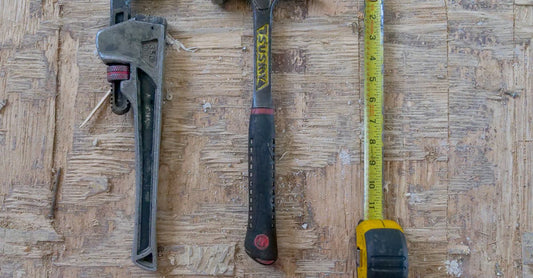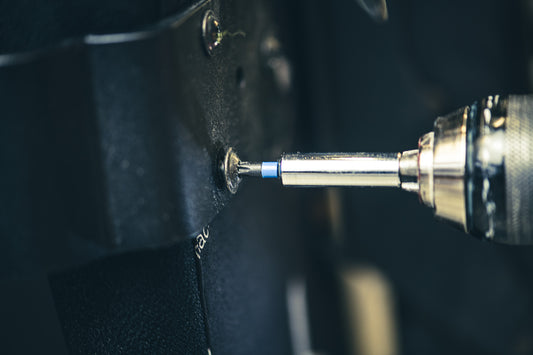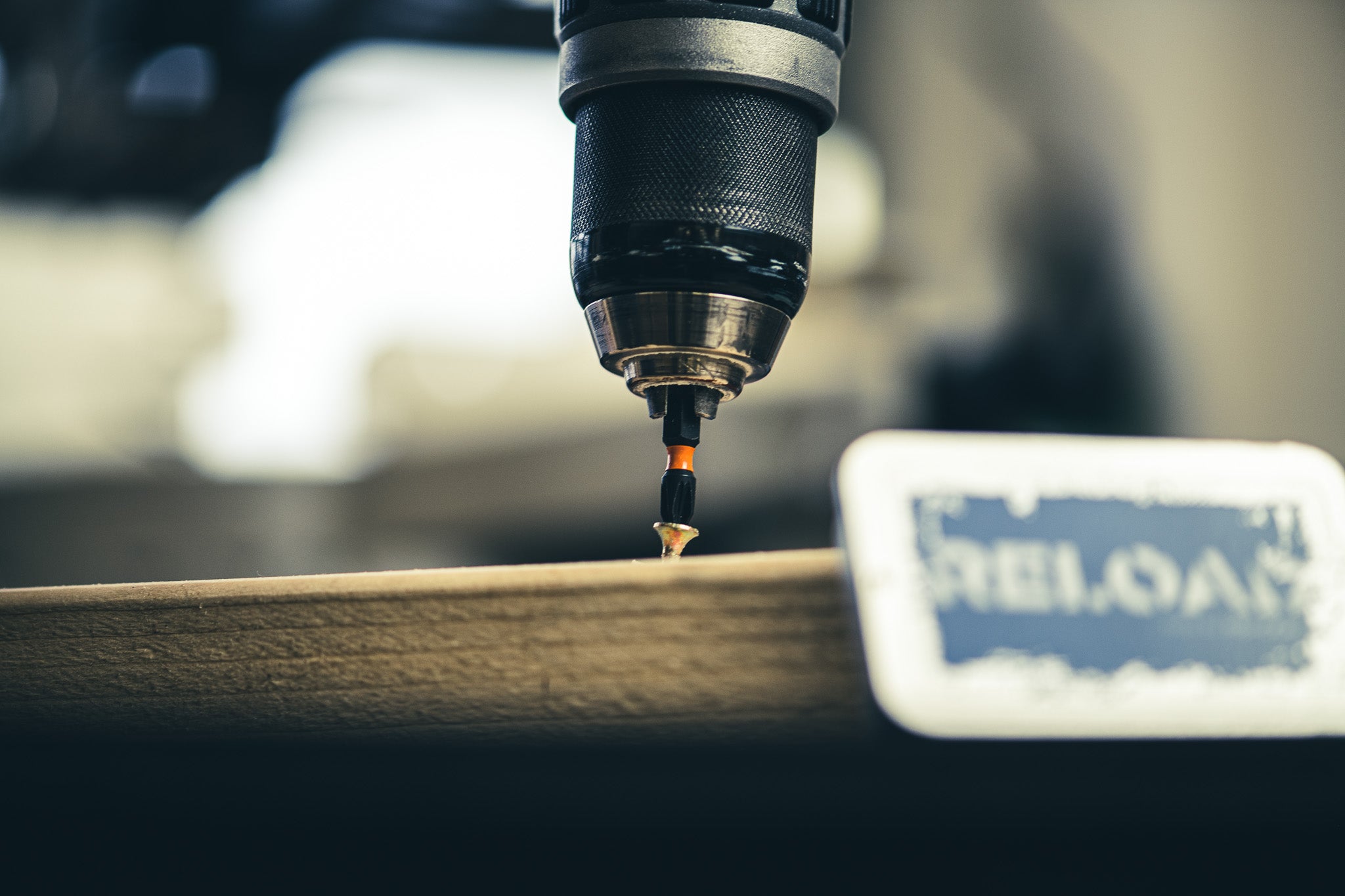PRESS-shur REE-gyuh-lay-ting VAY-vuhl
Pressure, Regulating, Valve
A valve used to regulate the pressure of a system.
Example usage: The plumber installed a pressure regulating valve to maintain the pressure of the water system.
Most used in: Construction and plumbing projects in the United States.
Most used by: Plumbers, electricians and other trades people.
Popularity: 8
Comedy Value: 2
Also see: Pressure Reducing Valve, Pressure Relief Valve, Back Pressure Valve, Pressure Control Valve,
What is a Pressure Regulating Valve?
A pressure regulating valve is a plumbing device used to reduce the water pressure in a pipe. It is most commonly used in residential and commercial buildings to ensure that water pressure remains at a safe level. This is important for preventing damage to appliances and fixtures, as well as reducing the risk of water hammer and other problems.
Pressure regulating valves are typically installed on the main water supply line, and can be adjusted depending on the desired water pressure. The valve works by allowing a certain amount of water to pass through, and then restricting the flow when the pressure reaches a certain level. This prevents the pressure from becoming too high, and reduces the risk of water hammer and other problems.
The use of pressure regulating valves is becoming increasingly common in the construction industry, as they can help ensure that water pressure remains at a safe level. According to a survey conducted by the American Society of Plumbing Engineers, over 95% of plumbers use pressure regulating valves in their construction projects.
Overall, pressure regulating valves are an important part of any plumbing system. By reducing the water pressure to a safe level, they can help prevent damage to appliances and fixtures, as well as reduce the risk of water hammer and other problems. As such, they are becoming increasingly common in the construction industry.
.The History of the Pressure Regulating Valve
The term Pressure Regulating Valve (PRV) has been in use since the early 1900s. It was first used in the United States to refer to a valve that regulated the pressure of a plumbing system. The first PRV was patented in 1919 by the American Standard Company and was used to control the water pressure of a steam boiler.
The invention of the PRV was a major advancement in plumbing technology as it allowed for a more consistent and reliable water pressure. This was especially useful in areas with high water pressure, such as in cities and towns. With the introduction of the PRV, it was much easier to regulate the water pressure in a plumbing system and prevent damage to pipes and fixtures.
Today, the PRV is an essential part of the plumbing system in many buildings. It is used to control the pressure of a plumbing system and protect the pipes and fixtures from damage due to high water pressure. The PRV can also be used to reduce the amount of water used in a plumbing system by limiting the maximum water pressure allowed in the system.
The Pressure Regulating Valve has come a long way since it was first invented in the early 1900s. It has become an essential part of the plumbing system and is used to ensure a consistent and reliable water pressure for buildings and homes.




